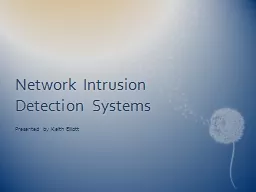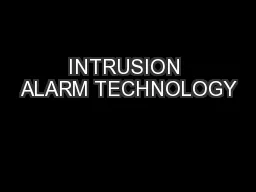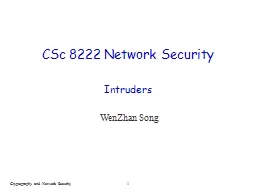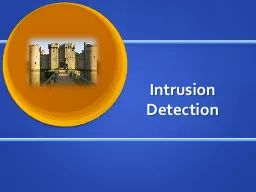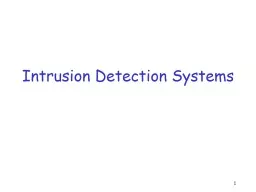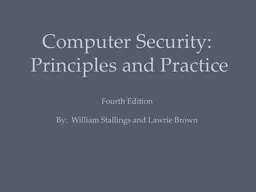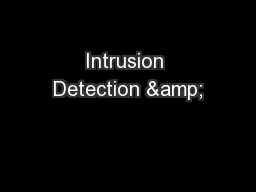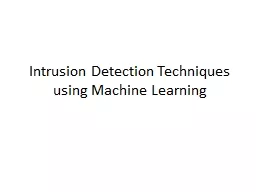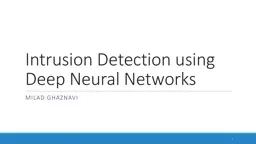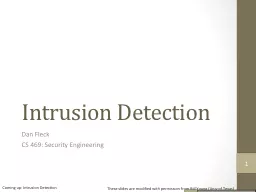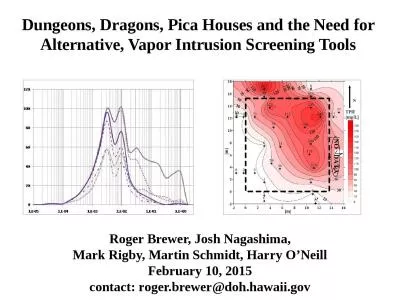PPT-Network Intrusion Detection Systems
Author : pamella-moone | Published Date : 2016-12-07
Presented by Keith Elliott Background Why are they used Movement towards more secured computing systems Management is becoming cognizant of growing cyberthreats
Presentation Embed Code
Download Presentation
Download Presentation The PPT/PDF document "Network Intrusion Detection Systems" is the property of its rightful owner. Permission is granted to download and print the materials on this website for personal, non-commercial use only, and to display it on your personal computer provided you do not modify the materials and that you retain all copyright notices contained in the materials. By downloading content from our website, you accept the terms of this agreement.
Network Intrusion Detection Systems: Transcript
Download Rules Of Document
"Network Intrusion Detection Systems"The content belongs to its owner. You may download and print it for personal use, without modification, and keep all copyright notices. By downloading, you agree to these terms.
Related Documents

